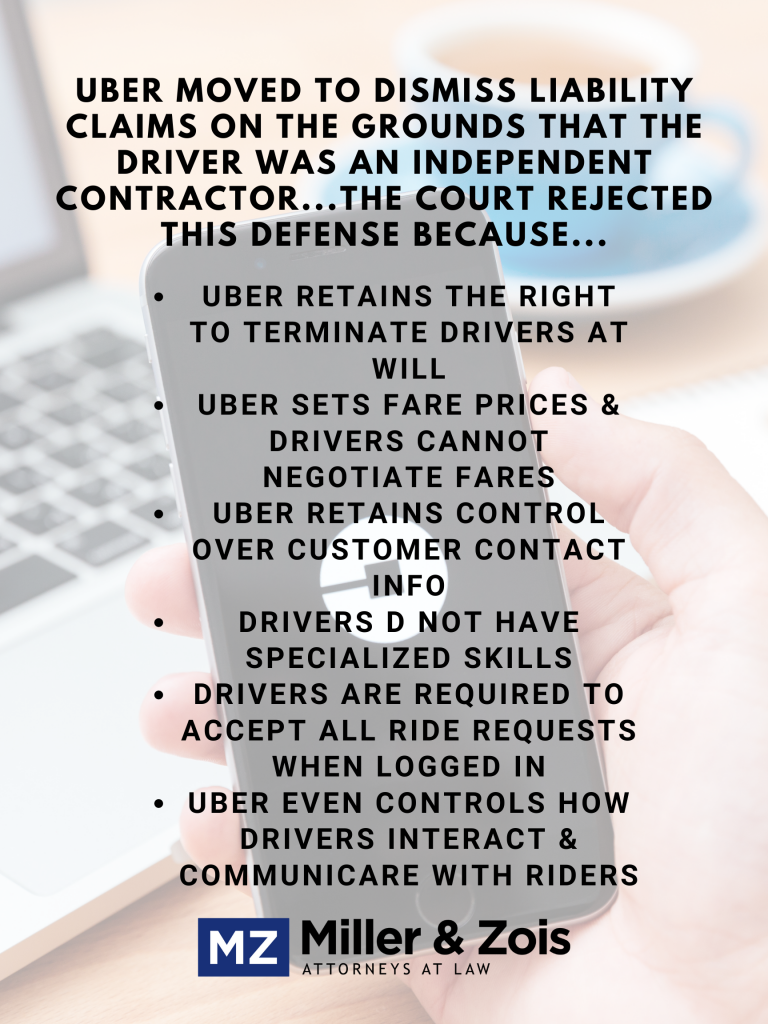Local municipalities may now use cameras to catch motorists speeding past stopped school buses. Violators will get a ticket with a penalty of up to a $250 fine but no points on their driving records. Montgomery County has had cameras in a place for a while. But they were just giving out warning tickets. This bill has some teeth, albeit little baby teeth, with no points attached.
History of School Bus Cameras
School bus cameras have been around for several decades. In the early 1990s, a school district in San Antonio, Texas, introduced a pilot program that installed video cameras on the exterior of school buses to capture motorists who passed stopped buses. The program was successful, and other districts began to follow suit.
By the mid-2000s, school bus camera systems had become more advanced, with cameras installed inside buses to capture footage of student behavior and to aid in investigations of accidents or incidents on buses. Today, school bus camera systems are standard in many districts across the United States, including Maryland. There are privacy concerns, sure. But no one doubts that they have improved safety for students and bus drivers.
History of School Bus Cameras in Maryland
In 2011, the Maryland General Assembly passed a law allowing local jurisdictions to install automated cameras on school buses to capture images of drivers who illegally pass stopped school buses. The goal of the law was to protect school children who are often endangered by drivers who fail to stop for the flashing lights and extended stop arm of school buses.
The cameras are mounted on the outside of the bus and activate when the bus comes to a stop, and the red lights begin flashing. They capture images of the license plates of cars that pass the bus illegally, and the drivers of those cars are issued citations.
Maryland’s first school bus camera program was launched in Montgomery County, and other counties soon followed suit. Since then, the use of school bus cameras has expanded throughout the state and has been credited with improving safety for school children.
In 2019, the Maryland General Assembly passed a law that increased the fines for drivers who illegally pass stopped school buses. Under the new law, drivers caught on camera passing a stopped school bus can be fined up to $500 for a first offense and up to $1,000 for a second offense. The law also allows local jurisdictions to impose additional fines and penalties for repeat offenders.
Maryland School Bus Camera Timeline
- 2025: Maryland establishes the “Workgroup to Study School Bus Safety” with HB200, tasked with enhancing school bus safety by identifying issues related to the behavior and safety of students and bus drivers. The group is directed to provide a detailed report with findings and recommendations to local and state governing bodies by June 30, 2026.
- 2024: The Maryland State Department of Education begins releasing quarterly reports on the school bus camera program data, enhancing transparency and providing stakeholders with more frequent updates. These reports show a significant decrease in violations, indicating the effectiveness of the surveillance measures.
- 2023: Maryland advances its school bus safety program by integrating artificial intelligence (AI) technology into the bus cameras, allowing for automatic detection of traffic violations and improving the accuracy of citations. Additional funding is allocated to support technological upgrades and the expansion of this initiative.
- 2022: After overcoming initial resistance, Anne Arundel County begins to actively cite vehicles that illegally pass public school buses, marking a significant enforcement step within the region.
- 2020: Maryland Governor Larry Hogan signs legislation that increases fines for drivers who pass stopped school buses illegally. The new law mandates that school bus cameras capture clear images of the vehicle’s license plate, and allows for the reinvestment of collected fines into school bus safety programs.
- 2019: The Maryland General Assembly responds to ongoing safety concerns by significantly increasing fines for drivers who illegally pass stopped school buses. The new legislation sets fines up to $500 for a first offense and up to $1,000 for subsequent offenses, with local jurisdictions empowered to impose additional penalties on repeat offenders.
- 2018: The Maryland State Department of Education distributes $3.6 million in grants to local school systems to facilitate the installation and operation of school bus camera programs, significantly bolstering the state’s commitment to student safety.
- 2017: An annual report released by the Maryland State Department of Education confirms the efficacy of school bus cameras in enhancing student safety, helping to build public confidence in the technology.
- 2016: The Maryland State Police initiate a pilot program utilizing body cameras to capture images of drivers who illegally pass stopped school buses. This program aims to complement the existing external bus camera system.
2015: Comprehensive guidelines for the operation of school bus camera programs are issued by the Maryland State Department of Education, covering aspects such as motorist notification, video review, analysis, and data reporting procedures.
- 2014: Statewide operation of school bus camera programs is authorized through new legislation, which requires adherence to specific operational guidelines set by the Maryland State Department of Education.
- 2012: Montgomery County becomes the first in Maryland to implement a school bus camera program, using external cameras mounted on buses to capture images of vehicles illegally passing stopped school buses.
- 2011: Maryland enacts initial legislation permitting local school boards to install and operate automated cameras on school buses, aimed at capturing images of vehicles that illegally pass stopped buses, laying the groundwork for subsequent enhancements in student transportation safety.
Drivers Ignore Buses
This bill was precipitated partly by a Maryland State Department of Education study that found that thousands of drivers are passing school buses with their stop arms extended and red lights flashing. A total of 7,028 violations were recorded on a single day last month, with most drivers ignoring school bus stop signs.
Nearly 4,000 (3,997) of those motorists were oncoming drivers who ignored the stop arm, 2,665 drivers moved past a stopped bus on the bus driver’s side of the vehicle, and 366 drivers passed a stopped bus on the door side, right where you would expect a child to be walking. Baltimore County drivers are the worst offenders, followed by Montgomery County, Baltimore City, Anne Arundel, and Prince George’s.
(Now keep in mind, all of this data comes from school bus drivers who, as a breed, think we are all idiots and don’t belong on the road. So let’s say they are exaggerating by a factor of 10. It is still a staggering number.)
Updated Statistics
According to data from NASDPTS, there are an estimated 17 million stop-arm violations each school year in the United States. Good golly. In Maryland, school bus drivers recorded 3,194 violations in a single day in 2019. Every time a driver illegally passes a stopped school bus, they put a child at risk.
Continue reading
 Maryland Injury Law Center
Maryland Injury Law Center



